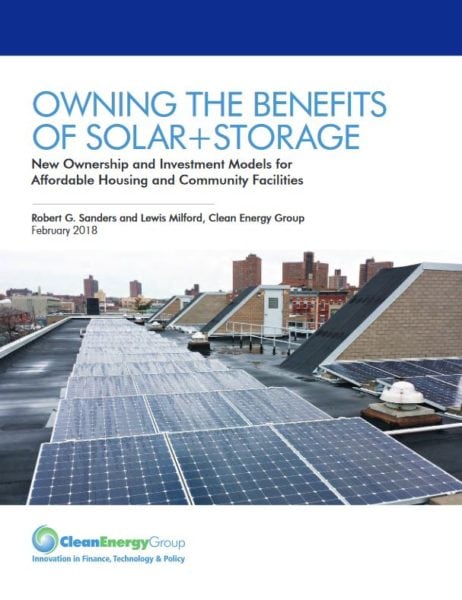This webinar discussed ownership and finance pathways for solar projects for public and affordable housing.
The U.S. energy storage market experienced substantial growth in 2017. In this ESTAP webinar, presented by US DOE-OE and Sandia National Laboratories, and hosted by CESA, guest speakers from GTM Research shared insights related to recent developments in the U.S. energy storage market, including deployment trends, policy updates, and market outlook.
This interactive webinar discussion is a follow-up to two earlier webinars: “Using Weatherization Assistance Program (WAP) Funds for Low-Income Solar” (1/11), and “Using Low Income Home Energy Assistance Program (LIHEAP) Funds for Low-Income Solar” (1/16).
Since 2014, the Massachusetts Department of Energy Resources (DOER) has been working on designing rules and regulations for including renewable thermal technologies in the Alternative Portfolio Standard (APS). This webinar featured a presentation on the draft regulations by Samantha Meserve, Renewable Thermal Program Coordinator at DOER.
LIHEAP serves as an emergency bill assistance service, but state LIHEAP administrators have flexibility to use some program funds to reduce long-term dependence on energy assistance. Some argue that these LIHEAP funds should be used for low-income solar.









